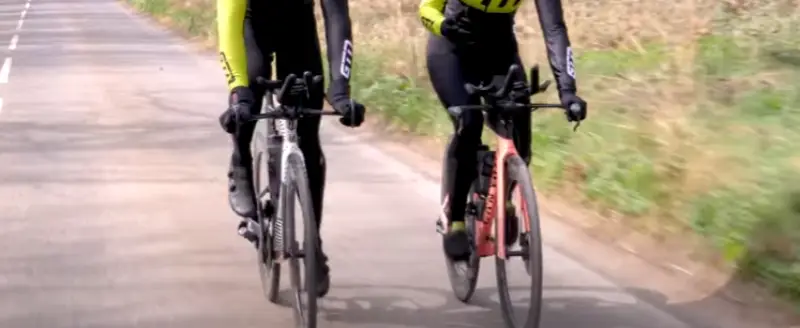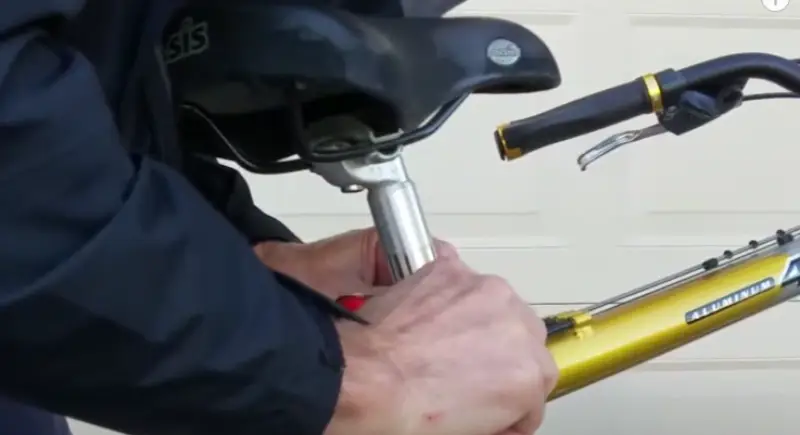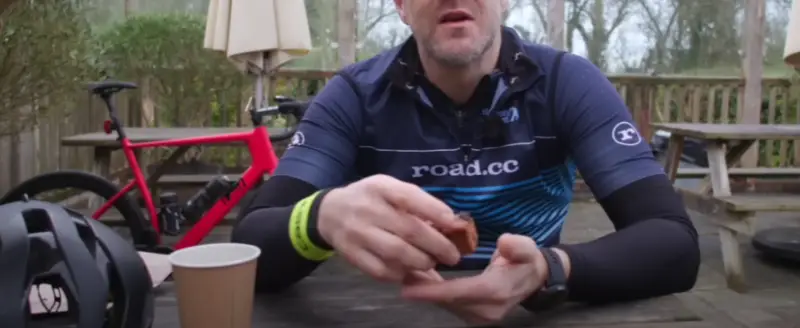Hemorrhoids can cause itching, which can be highly uncomfortable. Itching can occur at the most inconvenient times when you can’t do much about it. Pain and discomfort can impact cycling performance, and there is potential for hemorrhoids to worsen or for secondary issues, like infections, to develop.
Cycling does not directly cause hemorrhoids, but prolonged and intense cycling can contribute to their development. Factors like pressure on the perineal area, friction, and poor posture may increase the risk. Consult with a healthcare professional if you have hemorrhoids or are experiencing discomfort in that area.
This blog post discusses some factors that can cause hemorrhoids and offers tips for preventing them while cycling.
Can Cycling Cause Hemorrhoids: 6 Factors

While cycling is considered a low-affected exercise with many health benefits, there are certain factors related to cycling that might contribute to the development or exacerbation of hemorrhoids. Here are a few things to consider:
Prolonged Pressure
A primary concern associated with cycling is the prolonged pressure exerted on the perineum, the area between the anus and the genitals. Pile development may be related to this pressure, which impedes blood flow and causes increased strain on veins.
Friction and Chafing
Cycling’s repetitive motion can cause friction and chafing in the perineal region, irritating the delicate skin and potentially exacerbating existing hemorrhoids or causing new ones to form.
Increased Intra-abdominal Pressure
The posture adopted during cycling, especially on the road or in aggressive biking positions, can increase intra-abdominal pressure. This elevated pressure can affect blood flow and contribute to the development of hemorrhoids.
Dehydration
Water is essential to keeping your bowels healthy and preventing constipation, a common risk factor for hemorrhoids. Cyclists may be prone to dehydration, especially during long rides, which can impact digestive health and contribute to hemorrhoid formation.
Inadequate Posture
Improper bike fit or poor cycling posture can strain the pelvic floor muscles and surrounding tissues. Over time, this strain can increase the likelihood of developing hemorrhoids or exacerbate existing symptoms.
Reduced Blood Circulation
Cycling, particularly in more prolonged or intense sessions, can temporarily reduce blood circulation to the pelvic region. This diminished circulation may affect vein health and lead to hemorrhoids.
Hemorrhoids And Cycling: 7 Prevention Tips

A bicycle ride is an enjoyable form of exercise, but for some individuals, it can lead to discomfort and even the development of hemorrhoids. Anus and rectum hemorrhoids can be exacerbated by prolonged pressure on the perineum during cycling. However, with the proper precautions and adjustments, cyclists can minimize the risk of developing hemorrhoids. Here are some practical tips to prevent hemorrhoids while cycling:
Wide and Padded Seat
One critical factor in preventing piles while cycling is your seat type. Opt for a broad and padded seat that provides adequate cushioning and support. A wider seat helps distribute your weight more evenly, reducing pressure on the perineum and minimizing the risk of irritating the veins around the rectum.
Cutout or Relief Channel
Consider a bike seat with a cutout or relief channel in the center. This design feature helps ease pressure on the perineal area and promotes better blood flow. By reducing the compression on sensitive areas, such as the perineum, you can lower the likelihood of developing hemorrhoids during long rides.
Gel or Memory Foam
Seats with gel or memory foam padding can offer additional comfort and shock absorption, reducing the impact on your pelvic region. Material conforms to your body, creating a customized fit and reducing friction that could contribute to hemorrhoid development.
Suspension or Shock Absorption
Invest in a bicycle with suspension or shock absorption to lessen the impact of bumps and rough terrain on your pelvic area. By absorbing vibrations and shocks, these systems help protect your perineum and reduce the strain that can lead to hemorrhoids.
Proper Bike Fit
Check that your bike is correctly fitted to your size and riding style. An ill-fitting bike can cause you to sit unevenly on the seat, increasing pressure on sensitive areas and raising the risk of hemorrhoids. Adjust your seat height, angle, and position for a comfortable, ergonomic riding posture.
Shorter Rides
If you’re prone to hemorrhoids or experiencing discomfort, consider shortening your cycling sessions. Limiting the duration of your rides can reduce the time your perineum is under pressure, giving your veins a chance to recover and decreasing the likelihood of developing hemorrhoids.
Long Rides Require Regular Breaks

For longer rides, schedule regular breaks to stretch, walk around, and relieve pressure on your pelvic area. Taking abrupt breaks allows your blood circulation to normalize and prevents prolonged strain on your perineum. By incorporating rest stops into your cycling routine, you can safeguard against the formation of hemorrhoids.
Conclusion
Cycling doesn’t lead to discomfort and the risk of developing hemorrhoids. Taking some precautions allows you to enjoy cycling while minimizing this health issue. Ensure your bike seat is well-fitted and padded, take regular breaks during your rides, and stay well-hydrated. So, get back on your bike confidently for smoother, more comfortable rides and better health.
FAQs
When Should I See A Doctor About Hemorrhoids Related To Cycling?
You should consult a healthcare professional if you experience severe pain, excessive bleeding, or if your hemorrhoid symptoms do not improve with over-the-counter treatments and home remedies, consult your health care provider.

![Here are 6 factors that contribute to hemorrhoids [7 prevention tips]](https://cacyclinghub.com/wp-content/uploads/2025/07/Here-are-6-factors-that-contribute-to-hemorrhoids-7-prevention-tips.webp)
